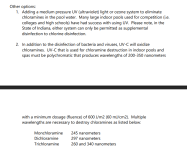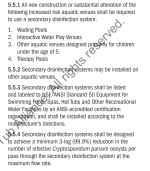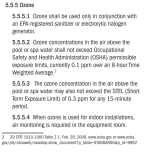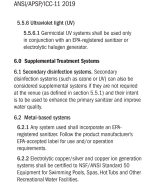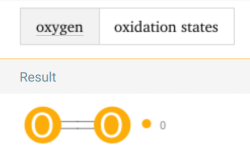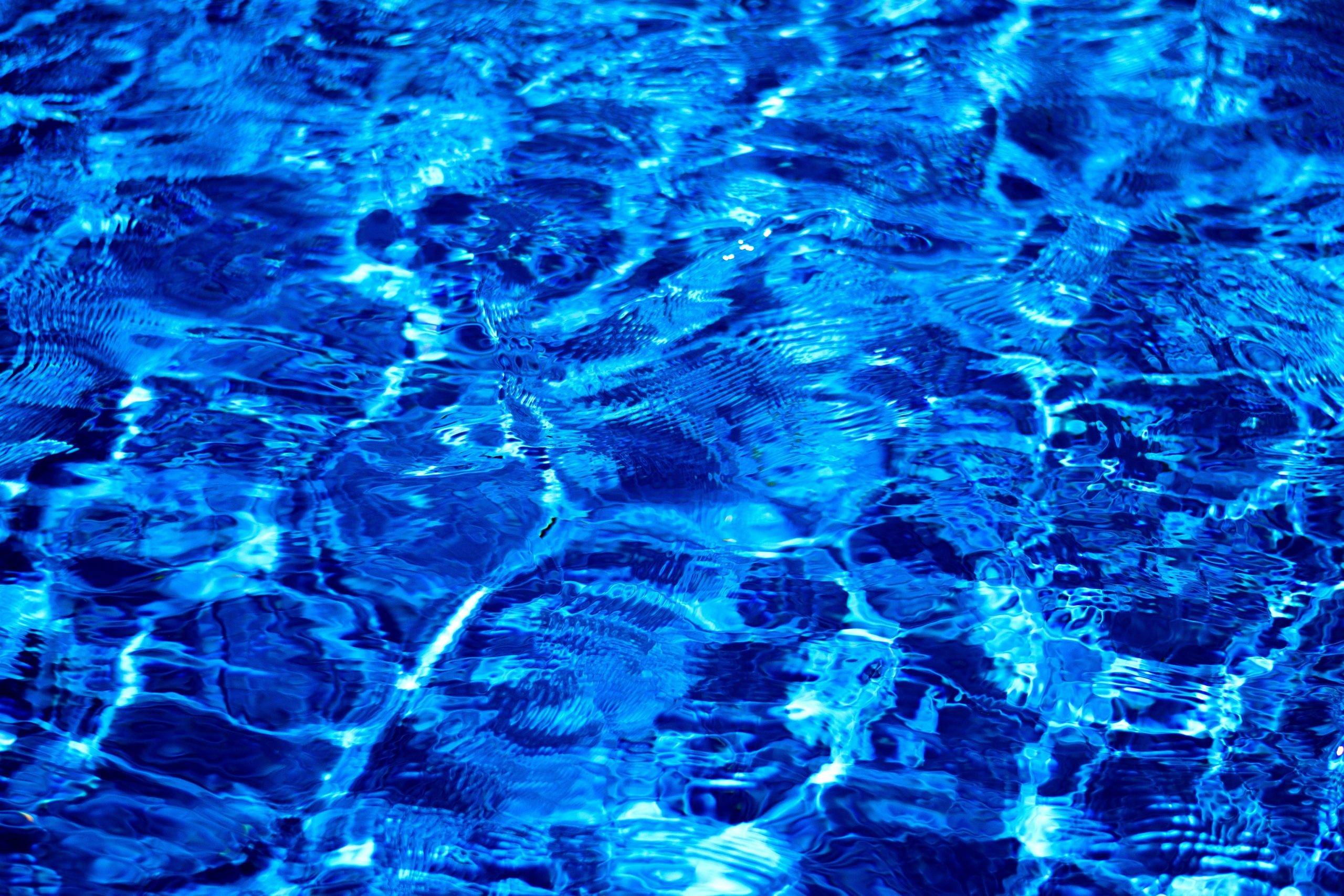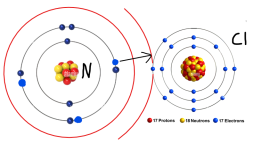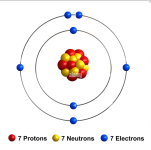Hi,
Combined chrorine are depleted by sunlight. Is that true? In my observations, in season, mainly with FC/CYA in range indicated.
Ive searching for Internet and have found a few evidences.
Has Somebody a cientific view or can indicate if is really correct?
Combined chrorine are depleted by sunlight. Is that true? In my observations, in season, mainly with FC/CYA in range indicated.
Ive searching for Internet and have found a few evidences.
Has Somebody a cientific view or can indicate if is really correct?


